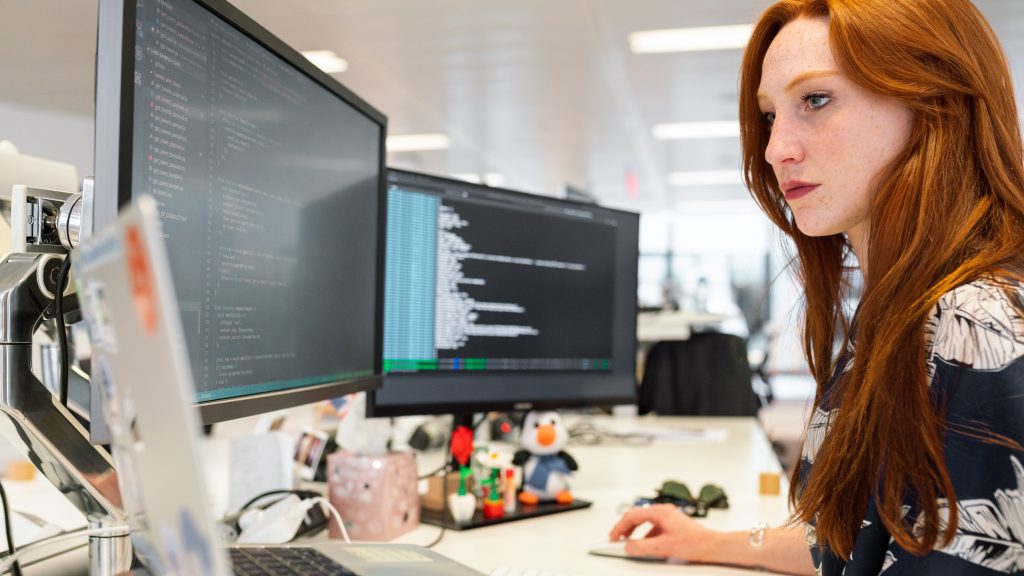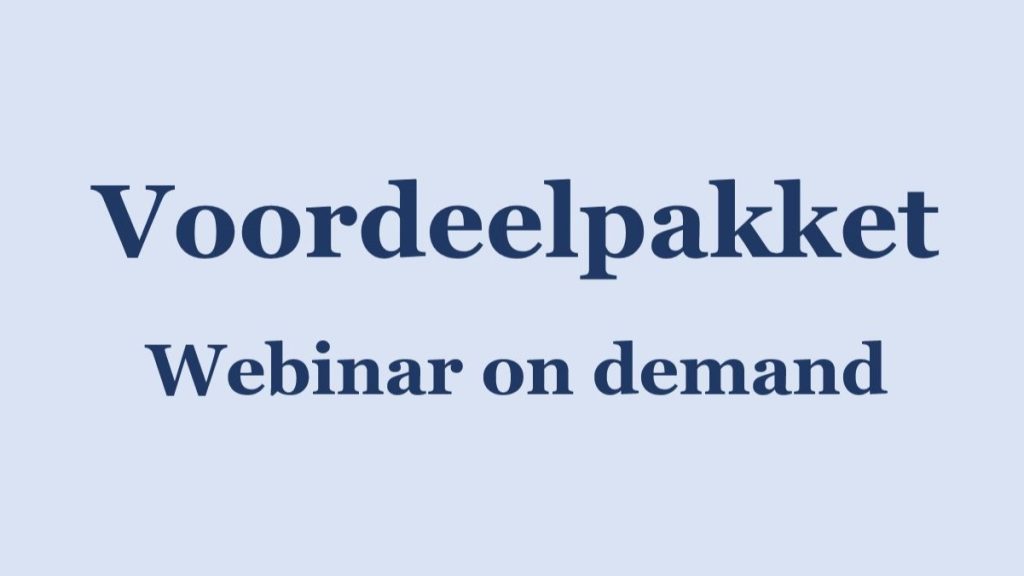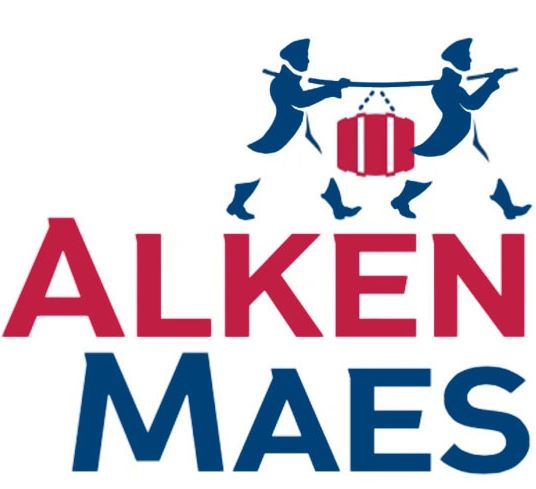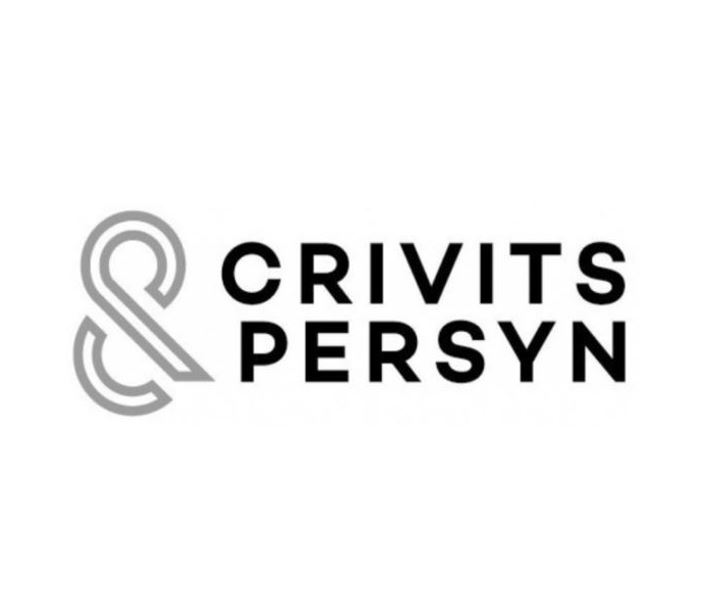Intellectuele eigendomsrechten in de onderneming:
wie is eigenaar van door werknemers en dienstverleners ontwikkelde creaties?
Dr. Nele Somers (ARTES) en mr. Veerle Scheys (Mploy)
Webinar op dinsdag 23 april 2024
Aandachtspunten bij het opstellen
en analyseren van ICT-contracten
Mr. Lynn Pype en mr. Liesa Boghaert (Timelex)
Webinar op donderdag 16 mei 2024
Handelspraktijken en consumentenbescherming:
recente topics onder de loep
Dr. Stijn Claeys en mr. Arne Baert (Racine)
Webinar op vrijdag 30 augustus 2024
3D Printing and Intellectual Property: New opportunities or a recipe for disaster? (KOAN Law Firm)
Author: Dietger Glorieux (KOAN Law Firm)
Publication date: 10/04/2019
Introduction
New technologies have often challenged existing legal frameworks. Applying current rules and principles to new technologies may prove difficult if it allows for possibilities that were not at all imaginable when the legislation was being drafted.
One example hereof is 3D printing. This technology, once referred to by The Economist as the ‘third industrial revolution’, will undoubtedly test the limits of several areas of the law, in particular IP rights (patents, trademarks, design rights, copyright, etc.). Below, we have a brief look at what 3D printing is, some of the opportunities it offers and the legal risk it may hold.
What?
3D printing, or ‘additive manufacturing’, is used as an umbrella term for technologies that create physical objects by adding successive layers of material. Objects are printed based on a digital file (often a CAD-file) which can be created by designers using software or result from scanning a physical object with a 3D scanner.
Although 3D printing has been around for some time, it has found several new applications in the last ten to fifteen years, for example in medicine, aeronautics and other industrial goods, but also in consumer applications. Although it does not appear as if the ‘3D printer in every household’ idea will become a reality in the near future, consumers nowadays do have access to 3D printers, for example through 3D printing service providers such as Shapeways, Sculpteo, 3D Hubs, etc., which can be seen as modern 3D equivalents of classic copy shops.
Opportunities
Due to its intrinsic characteristics, 3D printing creates several opportunities. For example, the technology allows for a faster time to market for new products due to rapid prototyping, it helps create new designs and high complex products not conceivable with classic production methods and can also have positive environmental effects due to the possibility for small-scale and local production. One of the biggest benefits of 3D printing for the consumer markets is that it allows for mass-customization. Each 3D printed object can be slightly different without any loss in efficiency of the printers. As opposed to classical production methods, this allows producers to provide consumers with customized products (for example adding their name or a personal drawing), for a reasonable cost and within a limited time.
Obviously, 3D printing still faces several (technological, economical and legal) challenges. Nonetheless, forecasts are projecting significant growth in the industry for the years to come.
Legal risks
Alongside opportunities, several risks have already been identified with the development of 3D printing, including legal risk. Some of these issues have made headlines already, such as the possibility to use 3D printers to create home-made guns. Other areas of law could also be affected by 3D printing, including in particular IP. Back in 2013, Gartner predicted that by 2018, 3D printing would result in the loss of at least $100 billion per year in IP globally. While it seems unlikely that such losses are currently being sustained by IP holders, it is worth looking at some of the issues 3D printing poses with regard to IP that caused Gartner to make such a bold prediction.
One of the risks that was already identified early on is that the rise of 3D printing could be compared to the introduction of the video recorder, CD-rom, and P2P-sharing (e.g. Napster) in the music and film industry. Given that 3D printers operate based on digital CAD-files, it is easy and almost cost-free to share these files online. Therefore, the scope of counterfeited goods can expand to every kind of object and to every kind of person. CAD-files can be created from scratch using software or by scanning objects using a 3D scanner.
This can be illustrated by using an example: When you own a pair of shoes, you can use a 3D scanner to create a CAD-file thereof. Subsequently, the CAD-file can be shared online via a P2P-sharing website. This allows everyone to have access to the file and make copies of the shoes without the permission of original right holder, either by using their own 3D printer or by relying on a 3D printing service provider. Several actors are involved in this example: the person 3D scanning the shoes, the uploader and downloaders of the CAD-file, the P2P-sharing website owner, the 3D printing service provider, the manufacturer of the 3D printers etc. All of these actors can potentially infringe upon the IP rights of the shoe owner or be (co-)owner of IP themselves. Furthermore, this involves all typical IP rights. Different aspects of a pair of shoes can be protected by copyright, trademarks, patents and design rights.
Several of the above-mentioned rights also provide that private and non-commercial use does not constitute an infringing act and, in any event, finding effective remedies against infringing acts may prove difficult in an online context. While current low-cost 3D printers may not be able to adequately produce complicated objects such as shoes, the technology is continuously improving. When consumers have access to cheap yet high quality 3D printers, these risks shall only continue to grow more substantial.
Need for an IP strategy
Learning from the mistakes of the music and film industry, it is important for the affected sectors to act proactively and develop an IP strategy that embraces the opportunities of 3D printing while as much as possible resolving the legal risks. This can for example involve focusing on qualitative and secured CAD-files and offering easy and legal access to consumers (for example through streaming services). It will be important to collaborate with all involved players and perhaps consider lobbying regarding aspects of IP law that can be improved.
Indeed, developing a proper IP strategy can help unleash the huge potential of 3D printing and make it an indispensable part of our everyday lives.
» Bekijk alle artikels: IT & IP
















